For our everyday heroes
I am a former MCCSC teacher and a parent of children currently in the school system. I know firsthand the challenges we face as a district and community. The Monroe County Community School Corporation serves a diverse community of students, yet that diversity is rarely reflected in our hiring practices and policies. We suffer from educational redlining. We afford too much power to standardized testing and the building “grades” that shape our district.
I believe in what we can be at MCCSC.
As a teacher, I walked the hallways with my everyday heroes. I’m not only talking about the teachers, staff, and administrators whose tireless dedication breathes life into each classroom, but also our students—young people from a broad range of backgrounds and experiences who overcome incredible obstacles just to show up each day; who challenge themselves to achieve at the highest level; and who are often forgotten when we count our successes. These are students who passed through my classrooms, gave me a fist-bump in the hallway, hung out in my room after school, quietly told me they were hungry, cried because the academic pressure was too great, and cheered when I flipped a bottle for the first time like I’d won an Olympic medal.
I am running for each of them. Those kids, our kids, are at the heart of this community. When they walk through the doors of their school buildings each day, they should know that there is an entire community at their back, cheering them on. Their families and guardians should have increased access points and space for dialogue with teachers and administrators. And the whole family should feel that the School Board has cast a safety net wide and far to ensure that each child is “healthy, safe, engaged, supported, and challenged.” (Whole Child, acsd.org) To that end, these items are essential:
Ensuring equity within and beyond the classroom
We need to move beyond training and awareness toward structural solutions. Doing so requires the unflinching courage to examine our biases and restructure our policies, systems, and classrooms.
Dismantle the school to prison pipeline that relies on exclusionary discipline and disproportionately affects students of color, LGBTQ students, and students with disabilities.
Provide access to high ability testing for all students.
Hire and retain teachers of color through a strong commitment to anti-racist curricula and robust district support.
Committing to the whole-child, whole-community approach
Each student deserves to be “healthy, safe, engaged, supported, and challenged” (acsd.org), but guaranteeing comprehensive and sustainable support requires community collaboration with social agencies and organizations that are connected to our students and families beyond the school building.
Close the wealth disparity or income gap in our district’s schools.
Prioritize socio-emotional learning and trauma-informed teaching at all K-12 levels. This begins with rigorous training and support for teachers.
Hire more social workers and coordinate with community groups that advocate for and work with underrepresented, marginalized, and at-risk students (e.g., Black Lives Matter, El Centro, Middle Way House, local food pantries).
Holding ourselves accountable for measurable change
While it’s important to form clubs, committees, and programs directed toward equity and progress, we must ensure that these things have the impact that we intend. We must see measurable change both in the lived experiences of our families and students and in the data.
Develop clear metrics that will enable us to gauge real impact and success. For instance, has BIPOC (Black, Indigenous, People of Color) representation of our teachers increased? Has the impact of disciplinary measures on our Black male student population decreased?
Engage in community conversations that are inclusive, open, and honest both in the selection of the population and in the intention to listen.
Be transparent when we fail and communicate compassionately with families in the process about how we move forward.
Giving families a seat at the table
I have two children attending Bloomington High School North. My youngest is a student at The Project School, a chartered public school, and will eventually be a student in MCCSC. I have many more years as a parent with school-aged children in my home and want to ensure that our district—and the schools within it–empower our families to feel that they, too, can have a seat at the table. With that in mind, let’s reframe the question so often asked about “school choice” to instead ask how we can better ensure that students, families, and communities both feel and know that they have a home in MCCSC.

